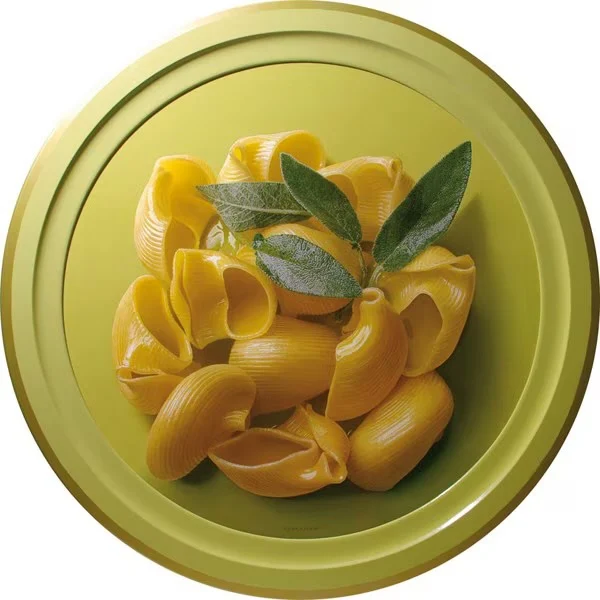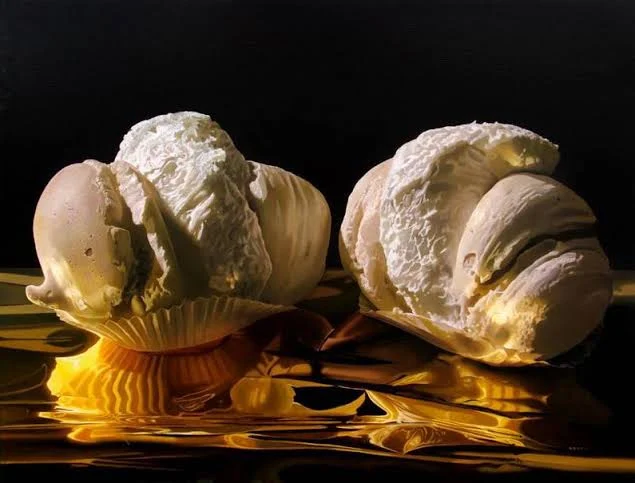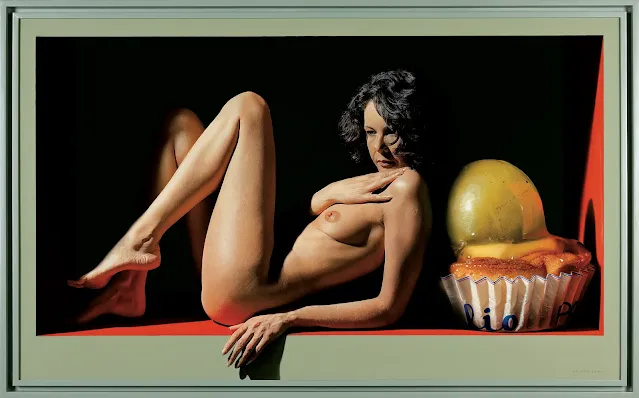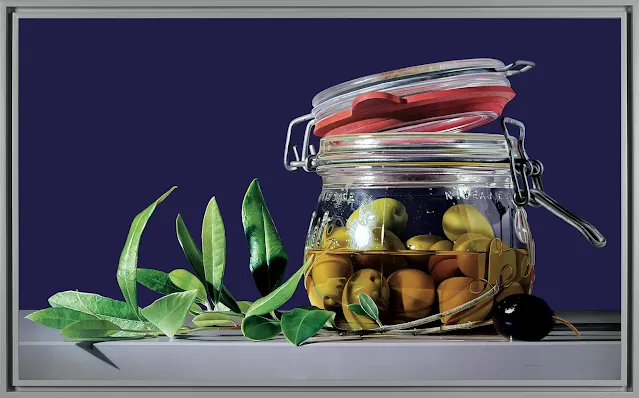Luigi Benedicenti, born in Chieri, Turin in 1948 and passing in 2015, is celebrated as a master of hyperrealist painting, a genre that captures the essence of visual reality with an intensity that often surpasses the detail of photography. His career, which began in earnest in the 1970s after completing his education at an art high school, was marked by an initial wave of exhibitions that garnered positive critical and public reception. Despite this early success, Benedicenti chose a period of private production before re-emerging in the 1990s to widespread acclaim.
Artistic Genesis and Development
The 1990s marked a definitive return for Benedicenti, with his work featuring in major Italian galleries such as Davico and Fogliato in Turin, and reaching international audiences through exhibitions at Bernarducci Meisel Gallery in New York, Scott Richards Contemporary Art in San Francisco, and Albemarle Gallery in London. His approach to still life, deeply influenced by historical connotations and a modern perspective, connected with a broad audience, making his work highly sought after both in Italy and abroad.
Artistic Inspirations and Style
Luigi Benedicenti was profoundly inspired by the period of Caravaggio, and this influence is evident in his focus on everyday objects rendered with dramatic clarity and emotional depth. His paintings, particularly those of pastries and confections, are not mere representations but rather explorations of time and perception, painted in rich oil on masonite boards to highlight both their allure and their transient nature.
The core themes of Benedicenti’s work—fleeting time and the fragility of life—echo the philosophical explorations of the 17th century, reminiscent of Caravaggio's "Basket of Fruit." His work engages in a dialogue with the past, making historical art relatable to contemporary viewers by emphasizing the unchanged essence beneath the altered aesthetics.
Themes and Innovations
Beyond traditional still lifes, Benedicenti's portfolio includes diverse subjects ranging from the natural beauty of flowers in full bloom to perfectly formed human figures, interwoven with cultural and historical references. His works often address broad themes through the lens of everyday life, such as in "Bacco e Arianna" (2009) and "Cena di Emmaus" (1996-97), where he reinterprets well-known myths and biblical stories with a modern sensibility.
"Bacco e Arianna" showcases a mythological narrative alongside a contemporary tart filled with grapes, bridging classical mythology with modern indulgence. "Cena di Emmaus," on the other hand, reflects his study of Caravaggio’s works, capturing a pivotal biblical moment with renewed intimacy and immediacy.
Reflection on Societal Themes
Benedicenti’s "Apartheid" (2009) and "America 1492" (2011) are examples of his engagement with significant historical and societal issues. In "Apartheid," he confronts the harsh realities of racial segregation and discrimination, while "America 1492" captures the momentous and controversial discovery of the New World by Christopher Columbus. These paintings not only showcase his hyperrealistic style but also his ability to infuse paintings with deep societal commentary.
Technique and Perception
Luigi Benedicenti’s hyperrealistic technique involves an intricate layering of colors and meticulous attention to detail, aiming to create artworks that almost deceive the eye into believing they are looking at the real object. This meticulous craftsmanship is aimed not just at replicating reality but at enhancing it, encouraging the viewer to engage more deeply with the mundane and find beauty and significance in the everyday.
Legacy and Influence
Through his vivid portrayal of simple, everyday items, Benedicenti invites viewers into a world where the ordinary becomes extraordinary. His works serve as a reminder of the beauty in the transient and the everyday, a concept that he hoped would resonate with viewers, bringing them joy and a sense of connection to the broader human experience. In an interview, he expressed his desire to communicate the emotions and sensations of life's small daily pleasures, a theme that resonates deeply in his work.
Conclusion
Luigi Benedicenti remains a significant figure in both Italian and international art, his legacy enduring through his contributions to hyperrealism and his unique ability to meld historical depth with contemporary insight. His work continues to inspire and engage new generations of artists and art enthusiasts, who find in his paintings a profound connection to the enduring human condition, viewed through the lens of extraordinary artistic clarity.








.jpg)







No comments:
Post a Comment